Home » Keywords: » Industry 4.0
Items Tagged with 'Industry 4.0'
ARTICLES
Assembly Plants of the Year: Looking Back, Moving Forward
Update Report: 2007 Assembly Plant of Year - Schneider Electric
March 12, 2024
Assembly Lines
Auto Industry to Invest Billions in Digitalization Initiatives
January 17, 2024
EVENTS
Webinar Webinar
6/12/24 to 6/12/25
Contact: Meg K.
Conveyors in Industry 4.0: Essential Solutions for Evolving Manufacturing Landscapes
Featured Event Industry
10/22/24 to 10/24/24
Donald E. Stephens Convention Center
5555 North River Road
Rosemont, IL
United States
The Assembly Show
Never miss the latest news and trends driving the manufacturing industry
Stay in the know on the latest assembly trends.
JOIN TODAY!Copyright ©2024. All Rights Reserved BNP Media.
Design, CMS, Hosting & Web Development :: ePublishing



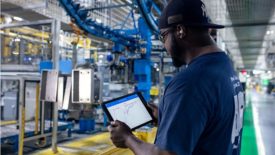
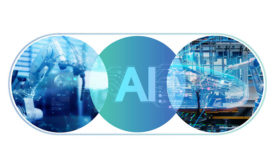
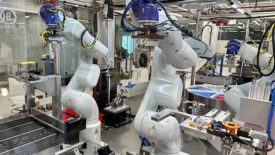
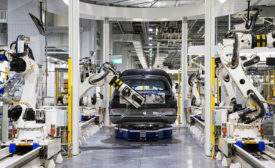
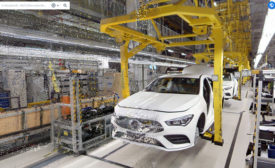
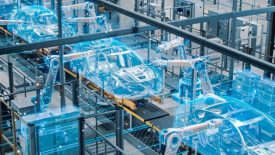
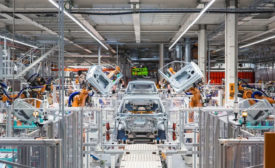


 The ASSEMBLY Show has welcomed thousands of engineers and manufacturing executives to Rosemont, IL since 2013. This interactive 3-day Show encourages participants to discover new assembly resources, automate existing processes, and accelerate their business and career while experiencing equipment hands-on, evaluating new products, learning from experts, and networking with industry professionals.
The ASSEMBLY Show has welcomed thousands of engineers and manufacturing executives to Rosemont, IL since 2013. This interactive 3-day Show encourages participants to discover new assembly resources, automate existing processes, and accelerate their business and career while experiencing equipment hands-on, evaluating new products, learning from experts, and networking with industry professionals.